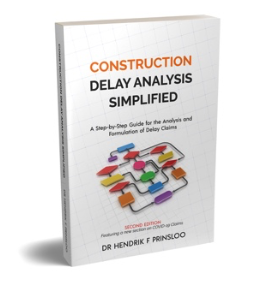In preparation for a recent Federal trial that closely examined the limitations of several of the popular delay analysis methods, I became even more aware of the challenges associated with analyzing delays several years after project completion. Despite the efforts of the drafters of form construction contracts and the good intentions of project participants at the outset of projects to deal with delays as they occur we often end up trying to resolve delay claims after project completion. Even though it is said hindsight is 20/20, retrospective delay analysis comes with its fair share of challenges. A closer examination of one of the most popular retrospective delay analysis methods, the Collapsed As-Built method, shows how dependent this type of method is on the accurate recording of activity timelines and the availability of an accurate logic link as-built schedule/ programme. In this article, the application of the Impacted As-Built method is discussed by reviewing the steps to apply it, limitations, and when this method is suitable.
Description:
Determine the effect on the project completion date by eliminating delays from the as-built schedule.
Requirements To Utilize This Method:
- As-built schedule with critical path
- Delay event information
Time Of Application:
- Retrospectively
- The actual effect of the delay event has been experienced
- The analysis is done after the project completion or after the effect of the delay event ceased
Steps:
- Use an as-built schedule for the project. The as-built schedule should include the delay events.
- Remove the delay events from the as-built schedule.
- Recalculate the completion date to determine when completion should have occurred if the delays did not occur.
- The difference between the actual completion date in the as-built schedule and the completion date on the recalculated schedule will constitute the effect of the delay.
Limitations:
- As-built schedules are time-consuming to develop and are not always readily available.
- The utilization of as-built information to formulate the as-built schedule can lead to manipulation.
- Considerable skill and experience are required to develop an accurate as-built schedule.
- Accuracy will be impacted by deficiencies in the as-built schedule.
Choose This Method When:
- The actual effect of the delay event is known.
- An accurate as-built schedule is available or can be developed.
- A baseline schedule is not available.




